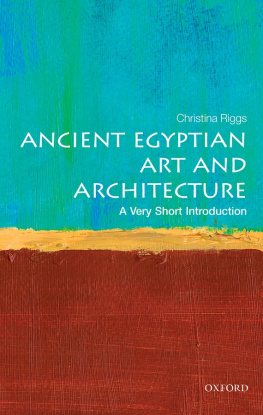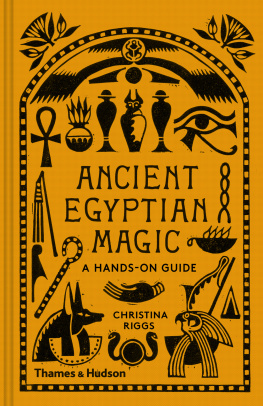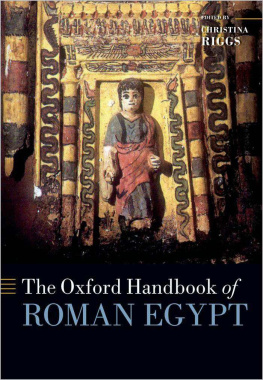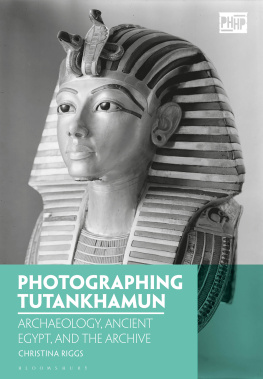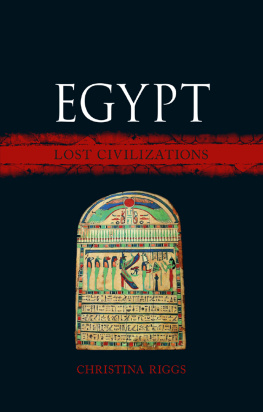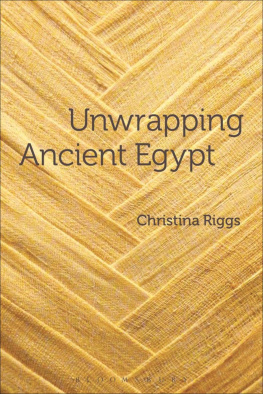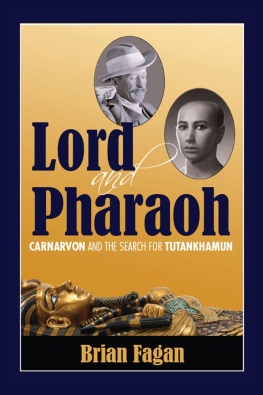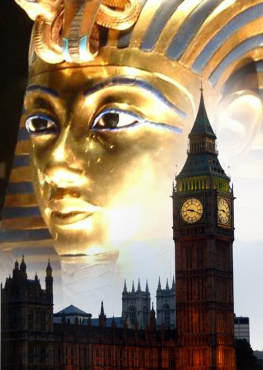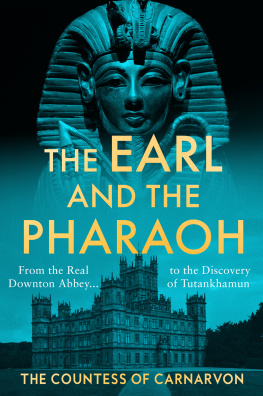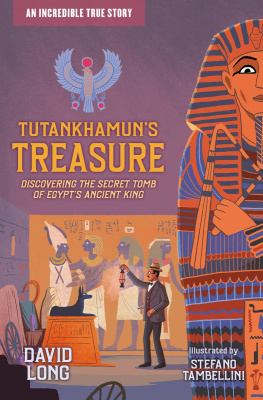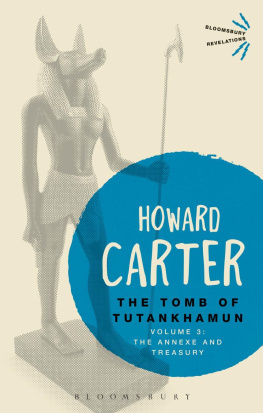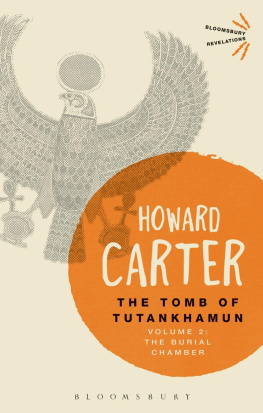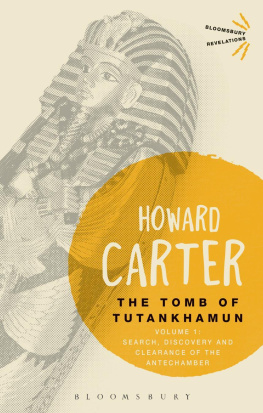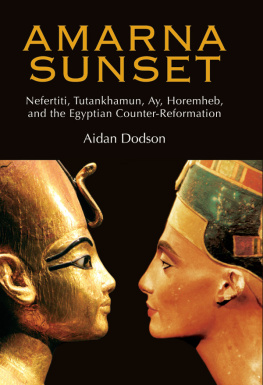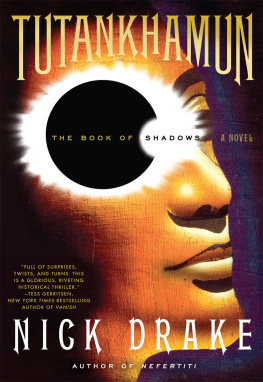Copyright 2021 by Christina Riggs
Cover design by Pete Garceau
Cover photograph copyright The Trustees of the British Museum
Cover copyright 2021 by Hachette Book Group, Inc.
Hachette Book Group supports the right to free expression and the value of copyright. The purpose of copyright is to encourage writers and artists to produce the creative works that enrich our culture.
The scanning, uploading, and distribution of this book without permission is a theft of the authors intellectual property. If you would like permission to use material from the book (other than for review purposes), please contact permissions@hbgusa.com. Thank you for your support of the authors rights.
PublicAffairs
Hachette Book Group
1290 Avenue of the Americas, New York, NY 10104
www.publicaffairsbooks.com
@Public_Affairs
Originally published in hardcover in Great Britain in 2021 by Atlantic Books, an imprint of Atlantic Books Ltd.
First US Edition: February 2022
Published by PublicAffairs, an imprint of Perseus Books, LLC, a subsidiary of Hachette Book Group, Inc. The PublicAffairs name and logo is a trademark of the Hachette Book Group.
The Hachette Speakers Bureau provides a wide range of authors for speaking events. To find out more, go to www.hachettespeakersbureau.com or call () - 6591 .
The publisher is not responsible for websites (or their content) that are not owned by the publisher.
Library of Congress Control Number: 2021945662
ISBNs: 9781541701212 (hardcover), 9781541701229 (ebook)
E3-20211214-JV-NF-ORI
T he projector droned a dead buzz as we waited, desks abandoned. We were gathered in our plastic chairs at one side of the classroom, turned towards the pull-down screen where a white square promised a window to another world. If only Mrs Williams would thread the filmstrip and begin.
At last the square changed colour, and a set of shaky words appeared. Life in Ancient Egypt , or Land of the Pharaohs , perhaps. Beginnings always scroll by unremarked. With a thwack of its lid, Mrs Williams shut the cassette player and signalled us to silence. The tape squeaked into life and settled into the sonorous tones we knew from other filmstrips we had watched at Sanderson Elementary School in rural Ohio. In 1983, the authoritative voice of knowledge was deep, male, and often out of sync with the images before our eyes. Teachers even young and pretty ones, like Mrs Williams tended to miss the tone that told them to advance the projector to the films next frame. The voiceover moved on to George Washingtons harsh winter at Valley Forge, or the effects of chlorophyll, while we were still watching Paul Reveres midnight ride or staring at the yellow sun.
Today was life and death: we were about to embark on ancient Egypt. On wan winter afternoons, we had already been to Mesopotamia, Cradle of Civilization, between the Tigris and Euphrates. I had stared at two blue rivers in the textbook map, afraid someone would see that the dots along them Nineveh, Babylon, Ur of the Chaldees were already familiar ground. My cheeks burned as my separate worlds, of school and church, were forced to meet. In class, Mesopotamia was the land of ziggurats and Hammurabi. In church, where my family spent long Sunday mornings, Mesopotamia was the land of Abraham, whose God was ours.
If Mesopotamia seemed too close, would ancient Egypt be too far? The filmstrip took us swiftly to the Nile, a blue line snaking north and opening like a flower. Life-giving waters, the voiceover intoned. Mighty pharaohs, and the pyramids appeared. Cranes hauled a temple piece by giant piece into the air. A beep, and we were in the Valley of the Kings, waiting for Mrs Williams to catch up. Death was on the way.
Another beep, another frame. A boy who had been king but died too young. His name, the voice as deep as Gods announced, was Toot-ankh - a -MOON . His tomb was a time capsule found intact, his life preserved at the moment it had ended. Everything had been left just as it was more than 3,000 years ago. There was even an old photograph to prove it, as photos seem to do. The beep again, and something wonderful shimmered into view. A miniature coffin, a can-oh -pick , according to the soundtrack syllables. But I was not listening. I was looking. Its surface alive with jewel-like colours, the can-oh -pick container filled the filmstrip square in defiance of its small size. Above the intense blues and blood-rich reds of its feather-patterned body, a little gold face, set seriously towards the future, wavered on the screen. My skin tingled. I willed Mrs Williams to forget to advance the film this time.
When the recording beeped, however, Mrs Williams pressed the button. The projector hummed; the filmstrip shuddered forward. No matter: the golden face was fixed now in my mind. Toot-ankh - a -MOON . Ten years old and miserable, I had never seen anything so splendid and surreal. I had to know more about this Tutankhamun and his tomb in the Valley of Kings, not knowing, not able even to imagine, how it would change my life.
Tutankhamun at ten years old had a better idea of where his life was heading. Born a prince, perhaps he grew up knowing that he might be king of Egypt one day, even if becoming king at nine or ten years old was premature. One thing he could not have known was that he did not have long to live nor could he have imagined that death, and a quickly finished burial, would take him from his world into ours.
Its difficult now to imagine the past century without Tutankhamun and the discovery of that time-capsule tomb. Had Howard Carters crew of Egyptian archaeologists been less thorough and overlooked the rock-cut stairwell to the jam-packed set of four small rooms back in November 1922, history would have overlooked Tutankhamun. Instead, this long-lost king, buried before he was out of his teens, found more fame and influence in the twentieth century than he had ever known in his own lifetime. Without this little-known ruler, Howard Carter, a self-taught and temperamental British archaeologist, might have died a failure, not a heroic household name. His sponsor, the 5th Earl of Carnarvon, might have died of old age instead of an infected mosquito bite in his Cairo hotel room. There would have been no media frenzy of Tut-mania and mummy curses to kick-start the jazz age, and no surge of corresponding pride in the newly independent nation-state of Egypt, where Tutankhamun was a ready-made symbol of the countrys longed-for resurrection.
From the moment the beds and boxes and burial trappings in his tomb reversed their journey up those stairs, Tutankhamun began to shape the politics of the Middle East and the global popularity of ancient Egypt, like no other archaeological find before or since. The modern world would never be the same, not only for the events that surrounded the 1920s discovery of the tomb, but also because that proved to be only the pharaohs first rebirth. A Tutankhamun revival in the early 1960s helped the United Nations cultural arm, UNESCO, keep the temples of Nubia from disappearing beneath the backed-up waters of the Aswan High Dam, as the ancient source of the pharaohs gold (the noub of Nubia) was sacrificed to hydroelectric power. In his second career as a cultural ambassador, Tutankhamun or at least, a selection of objects from his tomb toured the United States and Canada to draw attention to the Nubian temples plight, then travelled to Japan to raise the funds that saw the rock-hewn sanctuaries of Abu Simbel winched to higher ground. The miniature coffin that had dazzled me on screen once gazed up in golden calm at Jacqueline Kennedy, who opened the first Tutankhamun Treasures exhibition at the National Gallery of Art in Washington in November 1961. It was the gilded start of the Kennedy presidency, when hopes for a fairer society and American leadership were high and culture was the kindest weapon the Cold War had at its disposal.


